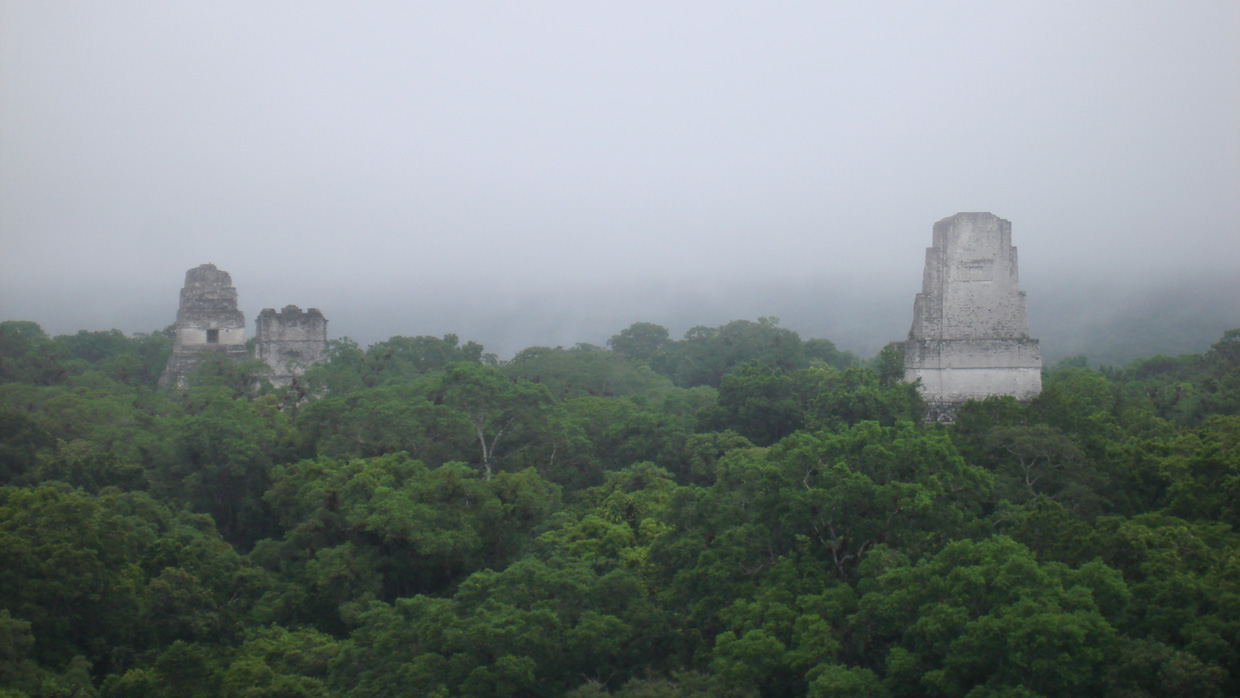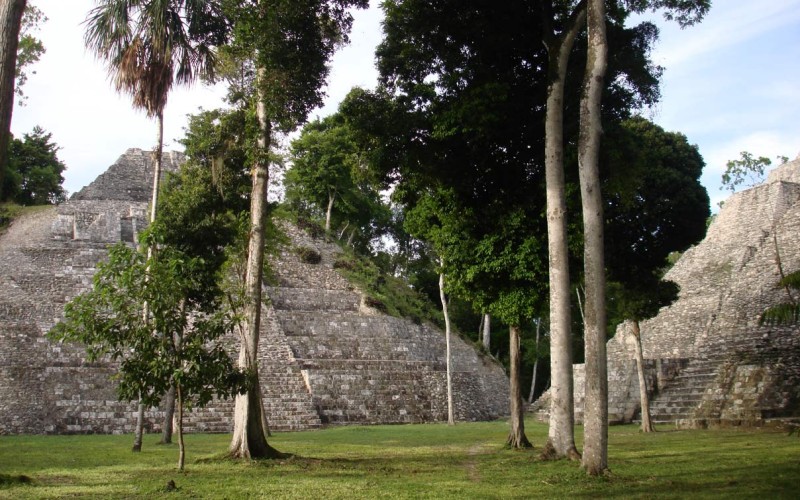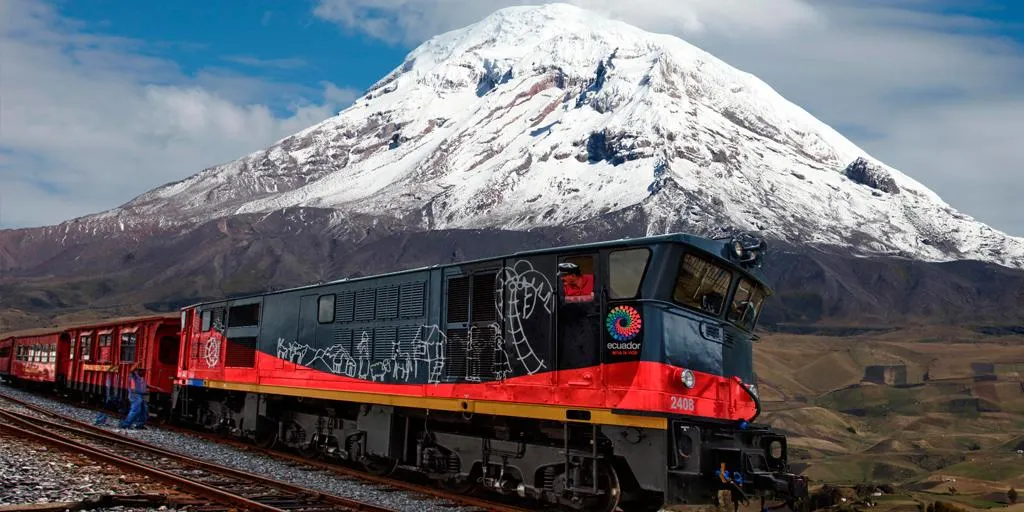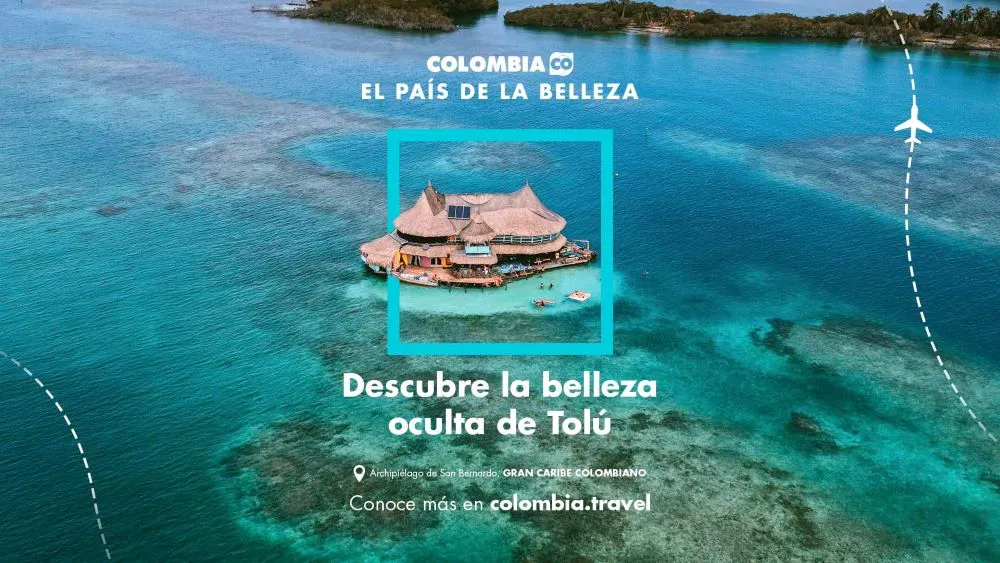Texte et photos de Margarita Cadenas – Cet article a été publié initialement sur le site www.elcafelatino.org
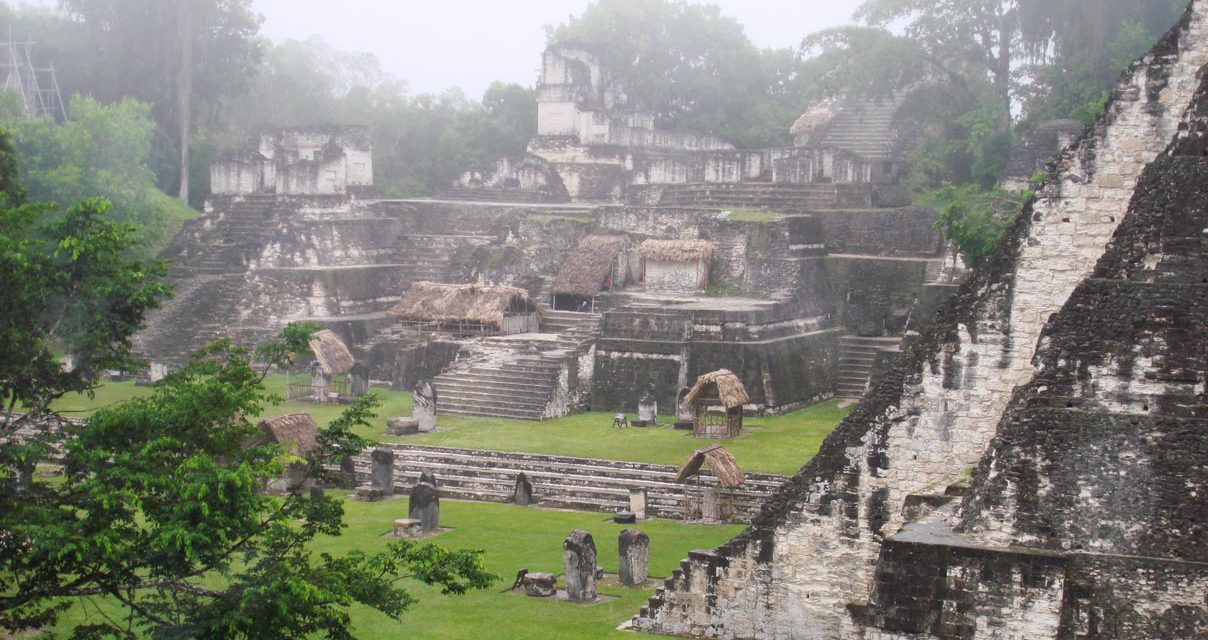
La forêt du Petén, troisième poumon de la Terre, est située au Nord du Guatemala, et elle a abrité dans ses entrailles durant plus de mille ans les gisements d’une des plus importantes civilisations au monde : les Mayas.
En 1839, le nord-américain John Lloyd Stephens, diplomate, explorateur et journaliste, accompagné de l’illustrateur Frederick Catherwook, furent les premiers à dévoiler au monde entier l’existence en Amérique centrale de villes abandonnées. Les tentacules de la végétation les asphyxiaient et les protégeaient tout à la fois de leur disparition complète.
« Aucune parole ne saurait rendre l’impression des monuments dressés dans les profondeurs de la forêt vierge tropicale, silencieux et solennels, d’une composition étrange, d’une excellence sculpturale, riches en ornements, distincts de l’œuvre de n’importe quel autre peuple, dont les usages, les buts et l’histoire sont complètement inconnus, parsemés d’inscriptions, qui expliquent tout, mais sont parfaitement inintelligibles » a déclaré John Lloyd Stephens. Ce fut le commencement d’une série de découvertes qui se poursuivent aujourd’hui encore.
L’étude des monuments, des stèles, des codex mayas, la découverte archéologique de nouvelles cités, surtout lors de ces dernières décades, a permis de connaître non seulement l’imposante vision du Cosmos maya, mais aussi leur structure politique.
De l’an 300 à l’an 900 après Jésus Christ, durant plus de six cent ans, c’est l’apogée de la culture Maya. Les villes mayas atteignent de fortes densités de population, comme Tikal par exemple, qui ne compta pas moins de cent vingt-cinq mille habitants. Ce furent de grands architectes et constructeurs qui édifièrent d’imposants temples et pyramides mesurant parfois jusqu’à cinquante mètres de haut.
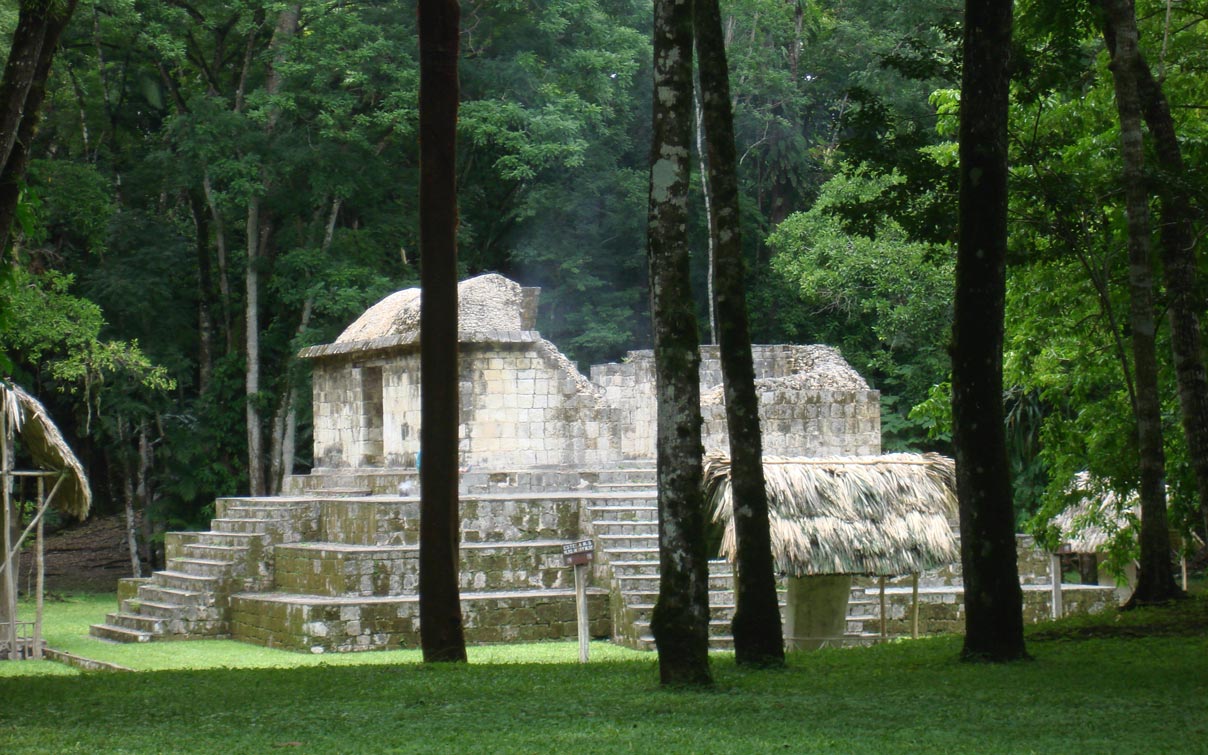
Dans le domaine des mathématiques, les Mayas furent les premiers à utiliser le zéro sur le continent américain. Ils mirent en place des calendriers composés de différents cycles à caractère divinatoire, civil, religieux, historique, agricole. Ce furent de grands astronomes, ils édifièrent une des cultures les plus grandioses de la Terre avec une riche mythologie, et ils inventèrent une écriture hiéroglyphique.
Paysans habiles, ils disposaient d’un calendrier qui les avertissait des changements climatiques occasionnés par les saisons ; ils construisirent d’immenses réservoirs souterrains d’eau de pluie ; ils furent aussi d’excellents commerçants, et contrôlaient les routes commerciales : le réseau de leur influence allait beaucoup plus loin que leur propre territoire.
Quand nous avons pénétré dans la Réserve de la Biosphère Maya, quatrième plus grande aire de forêt continue de la planète, déclarée par l’UNESCO Patrimoine de l’Humanité pour ses richesses naturelles et culturelles, et que nous avons visité les grands gisements archéologiques que l’on rencontre sur son chemin, nous nous sommes demandé :
Qu’est-ce qui a bien pu se passer pour que les Mayas, une civilisation ayant atteint un tel niveau de développement, puisse s’éteindre d’une façon aussi rapide et qu’elle se retrouve aujourd’hui à la merci de la Mère Nature ?
La mystérieuse disparition de cette grande civilisation est encore une énigme pour l’Histoire de l’Humanité. Actuellement, les archéologues, anthropologues, historiens et scientifiques n’ont pas fini de fouiller ce vaste territoire boisé de 35000 km² qui renferme en son sein des centaines de villes encore enfouies sous la nature.
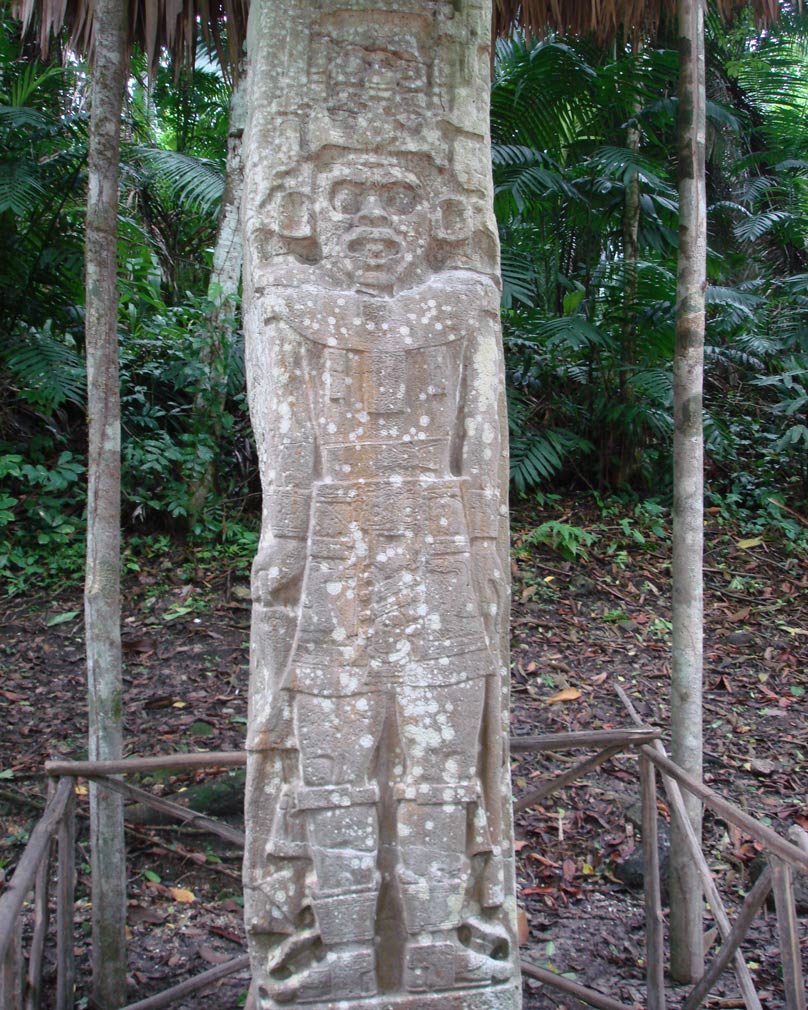
De nombreuses hypothèses ont été formulées pour expliquer l’énigme de la chute de l’Empire Maya en plein épanouissement, mais personne n’a pu dire ce qu’il s’est réellement passé, ni pourquoi ils ont disparu… Ce qui est certain c’est qu’à l’aube du IX siècle, les puissantes villes mayas étaient désertes, et petit à petit, elles se sont faites envahir par la végétation.
Les théories à ce sujet sont nombreuses : la guerre, des maladies, une catastrophe naturelle, la famine, ou la combinaison de tous ces facteurs. Mais… les spécialistes ne se sont pas mis d’accord pour expliquer la rapidité de ce déclin, il n’y a pas d’évidence d’hécatombes, on n’a pas trouvé de fosses communes qui seraient le résultat d’une épidémie exterminatrice, les villes mayas n’ont pas été détruites mais abandonnées, les constructions ne montrent aucun signe de violence sismique qui expliquerait un abandon dû à un tremblement de terre.
« Les explications de cet effondrement varient selon les modes, et la plus en vogue actuellement c’est celle du changement climatique », affirme David Webster, auteur de The Fall of the Ancient Maya.
La conscience écologique a poussé les enquêteurs à analyser certains éléments qui ont permis de mettre en évidence des changements climatiques. Ils ont démontré que les périodes les plus arides des huit mille dernières années en Mésoamérique coïncident avec l’époque de la disparition de la culture maya. De nombreuses études ont détecté des périodes d’aridité extrême, qui auraient provoqué un désapprovisionnement de produits agricoles. Les flux migratoires de la population causés par le manque d’eau, auraient engendré la famine. Il a aussi été prouvé que la crise environnementale est une conséquence directe de la déforestation.
Actuellement, les problèmes écologiques de la terre sont une préoccupation mondiale. La planète souffre d’une altération de l’écosystème. De constantes dénonciations lors de conférences des Nations Unies ayant trait à l’environnement nous mettent en garde et nous alertent sur le fait, par exemple, qu’une grande partie de l’Amazonie est en train de se transformer en savane à cause de la déforestation et des changements climatiques globaux. On estime que dans quelques dizaines d’années, la forêt amazonienne aura réduit de 30% à 60%, ayant pour conséquence le réchauffement de l’air et une grande sécheresse environnementale.
Les effets seront ressentis à court et moyen terme, puisque l’Amazone est un des derniers grands poumons de la Terre.
Pensons à tout ça ! Ne reproduisons pas dans notre civilisation les mêmes bouleversements qui ont conduit la culture maya à sa fin.
